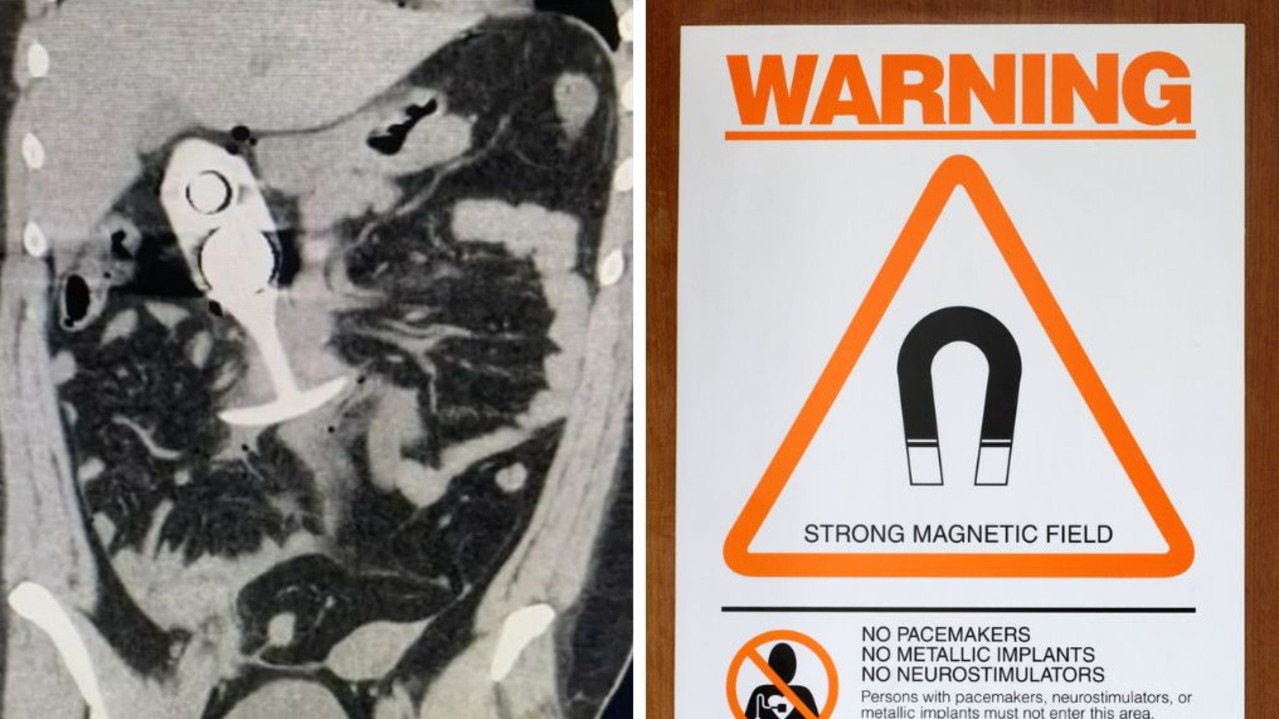New research suggests BMI ineffective in complete obesity diagnosis
A new approach to detecting and treating obesity could help in the prevention, management and treatment in adults and children living with obesity, new research says.

Illness
Don't miss out on the headlines from Illness. Followed categories will be added to My News.
The well-known body mass index (BMI) measuring system could soon be forced to take a back seat, with experts claiming that current approaches in diagnosing obesity are far too reliant on the outdated measurement.
The Global Commission on Clinical Obesity is recommending a new approach which focuses on other measures of excess body fat and objective symptoms of ill health as well as the BMI.
The commission is endorsed by 75 medical organisations around the world and is aiming to provide a nuanced approach to diagnosing obesity.
The proposal’s aim is to address limitations of the traditional diagnosis of obesity, and to focus on individualised care.

Commission chair, Professor Francesco Rubino, King’s College London (UK) said, the debate as to whether obesity is a disease, is flawed due to its “all or nothing” approach.
“Evidence, however, shows a more nuanced reality,” he said.
“Some individuals with obesity can maintain normal organ function and overall health, even long term, whereas others display signs and symptoms of severe illness here and now.
“Considering obesity only as a risk factor, and never a disease, can unfairly deny access to time sensitive care among people who are experiencing ill health due to obesity alone.
“On the other hand, a blanket definition of obesity as a disease can result in overdiagnosis and unwarranted use of medications and surgical procedures, with potential harm to the individual and staggering costs for society.”
The report suggests creating two new categories of obesity – clinical obesity and preclinical obesity.
Patients with clinical obesity would experience symptoms such as breathlessness, heart failure, or knee or hip pain, all caused by excess body fat, and would struggle to conduct everyday activities, also as a result of excess body fat.
Those with preclinical obesity would be considered to be obese, but with normal organ function. These people would not be considered to have an ongoing illness, but instead an increased risk of developing clinical obesity and other non-communicable diseases such as type two diabetes or cardiovascular disease.

Prof Rubino added he believes their reframing model would allow for more personalised care for the more than one billion people living with obesity across the world.
While the commission said BMI is useful in identifying those who may be at risk of health issues, it is not a direct measure of fat and does not provide information about health and illness at the individual level.
“Relying on BMI alone to diagnose obesity is problematic as some people tend to store excess fat at the waist or in and around their organs, such as the liver, the heart or the muscles, and this is associated with a higher health risk compared to when excess fat is stored just beneath the skin in the arms, legs or in other body areas,” said Commissioner Professor Robert Eckel, University of Colorado Anschutz Medical Campus (USA).
Instead, the report suggests using measurements of body size – waist circumference, waist-to-hip ratio or waist to height ratio – in addition to or instead of BMI, or a direct body fat measurement instead of BMI.
The commission said it believes this new approach to obesity will enable evidence-based and personalised approaches to prevention, management and treatment in adults and children living with obesity, allowing them to receive more appropriate care.
Originally published as New research suggests BMI ineffective in complete obesity diagnosis


